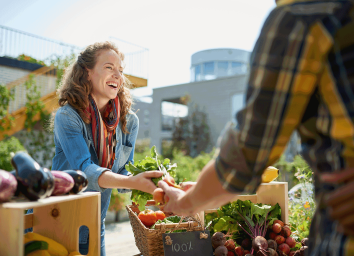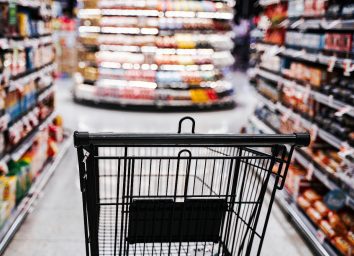Everything You Need to Know About the Sustainable Food Challenge
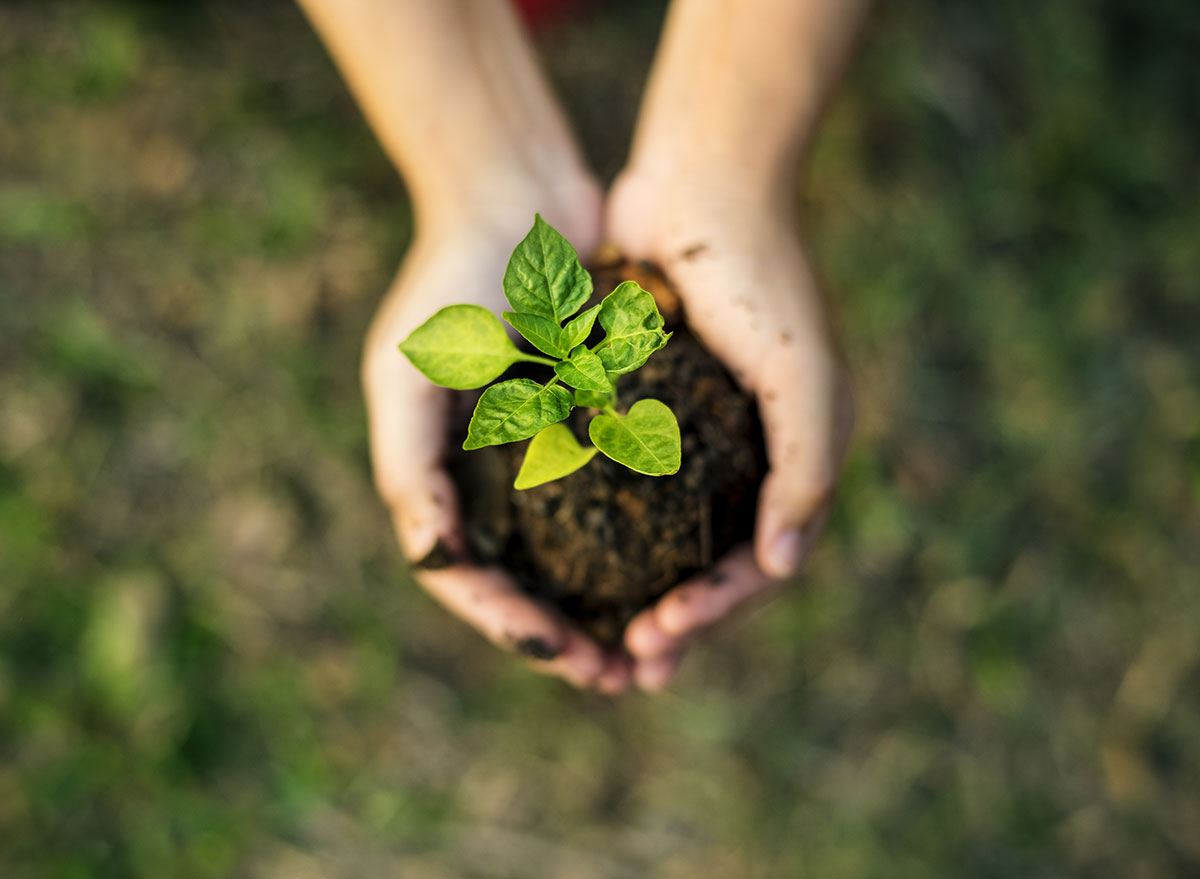
Sustainability is a hot topic these days. More Americans are hopping on board with the notion of using reusable materials and limiting waste in order to preserve the Earth’s resources for future generations. Sustainable efforts can be implemented in many ways of life such as buying second-hand clothing, purchasing reusable bags instead of plastic ones, and limiting food waste. While we can actively make strides in each of these departments every day, what the average person may not consider, however, is what the future may hold for our food supply if agricultural practices do not improve. And that’s where the Sustainable Food Challenge comes in.
Thanks to a new 564-page report “Creating a Sustainable Food Future” recently published by global research non-profit organization World Resources Institute, you can get a sense for exactly what needs to happen at the systematic level so that agriculture can meet the demands of the rapid-growing world population. While this isn’t a traditional challenge that you can do on your own, it’s good to be informed about what needs to occur on a deeper level. Maybe you can even advocate for these issues in your home state, too.
What is the Sustainable Food Challenge?
The report projects the 2010 global population of 7 billion to increase to 9.8 billion by 2050. With more mouths to feed, the overall food demand is predicted to increase by more than 50 percent. Even more alarming is the demand for foods that require more resources to produce, such as meat and dairy products, which are projected to increase by roughly 70 percent.
With this being said, the world will have to come together to not only make conscious efforts to sustain agriculture but to also increase its output.
“Millions of farmers, companies, consumers and every government on the planet will have to make changes to meet the global food challenge,” Andrew Steer, president, and chief executive officer of the Washington-based World Resources Institute told Food Business News. “At every level, the food system must be linked to climate strategies as well as ecosystem protections and economic prosperity.”
The challenge is to support a system that produces more food yet also delays the increase in demand, especially for foods like beef that require a hefty amount of resources including land, water, and hay.
The report, which explores opportunities and policies that will prevent exacerbating the projected demand for food, land-use to cultivate such food, and resulting greenhouse gas emissions, proposes closing three gaps in order to achieve a sustainable food system.
-
- The Food Gap. The difference between the amount of food produced in 2010 and the amount that’s required to meet the projected demand in 2050 is 56 percent.
- The Land Gap. The difference between the global agricultural land area in 2010 compared with the area of land that will be required to grow crops to meet the food demand is 593 million hectares. For perspective, that’s twice the size of India.
- The GHG mitigation Gap. The difference between the level of annual GHG (greenhouse) emissions from agricultural production from 2010 to 2050 while respecting The Paris Agreement is 11 gitagons (Gt).
The report proposes a 22-item menu to achieve a sustainable food future, each of which is divided among five separate courses.
Reduce growth in demand for food and other agricultural products.
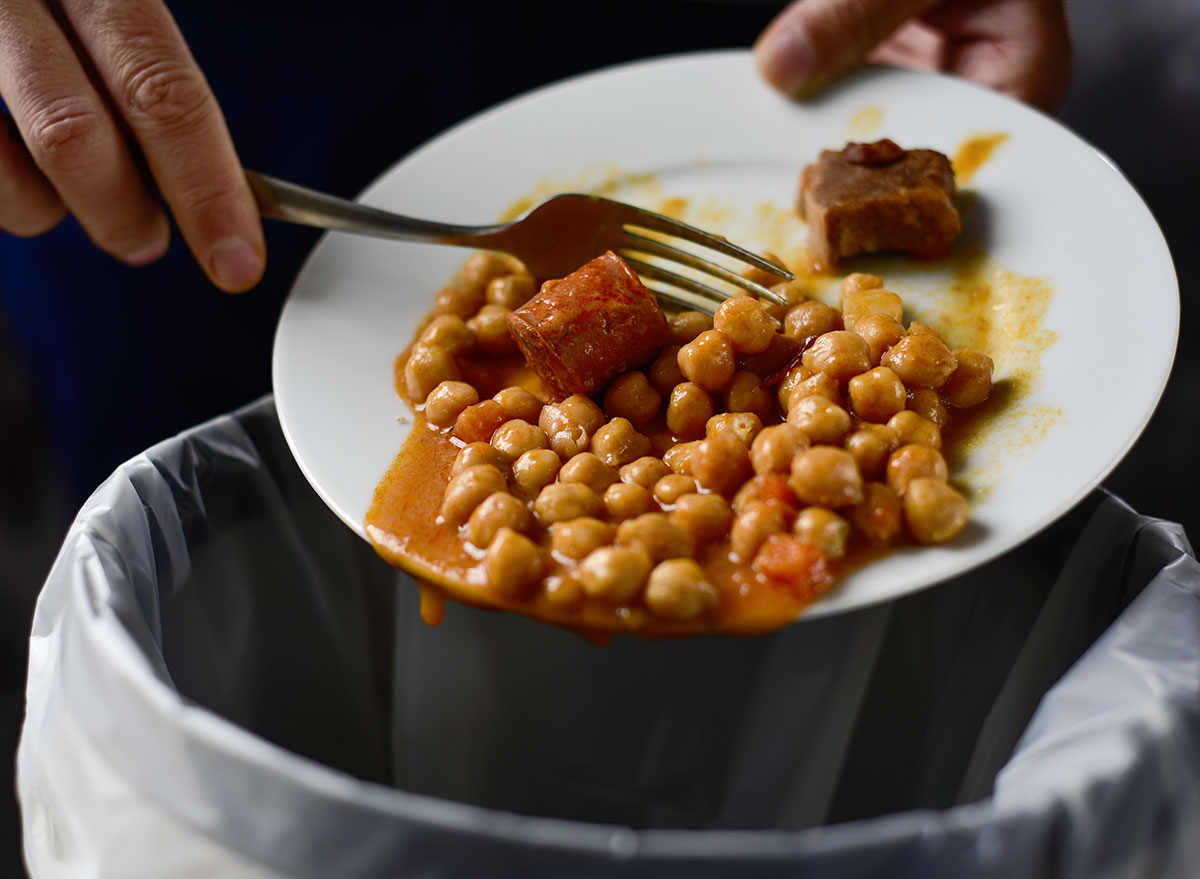
Also known as the first course, this part of the report offers insight on how we can collectively work to reduce the demand for both food and other agricultural products. Reducing the amount of food wasted each day is at the core of this course. According to the report, about 56 percent of total food loss and waste occurs in parts of the developed parts of the world which includes North America, Europe, Oceania, and even industrialized nations in China, Japan, and South Korea.
In the United States, The National Resources Defense Council says that up to 40 percent of food goes uneaten and still 42 million Americans remain food insecure or lacking access to fresh fruits and vegetables.
Globally, 33 percent of all food produced for human consumption is either lost or wasted.
There are many ways to recover food and prevent it from being tossed including reducing portion sizes at restaurants.
“On average, U.S. diners do not finish 17 percent of the food they buy at restaurants and leave 55 percent of these leftovers behind,” as stated in the report.
Eliminating confusion behind “sell by,” “use by,” and “best before” dates would also reduce food waste. How many times have you tossed that cup of yogurt in the trash because you saw it was past the sell by date? But in reality, it most likely was still fine to eat.
Increase food production without expanding agricultural land.
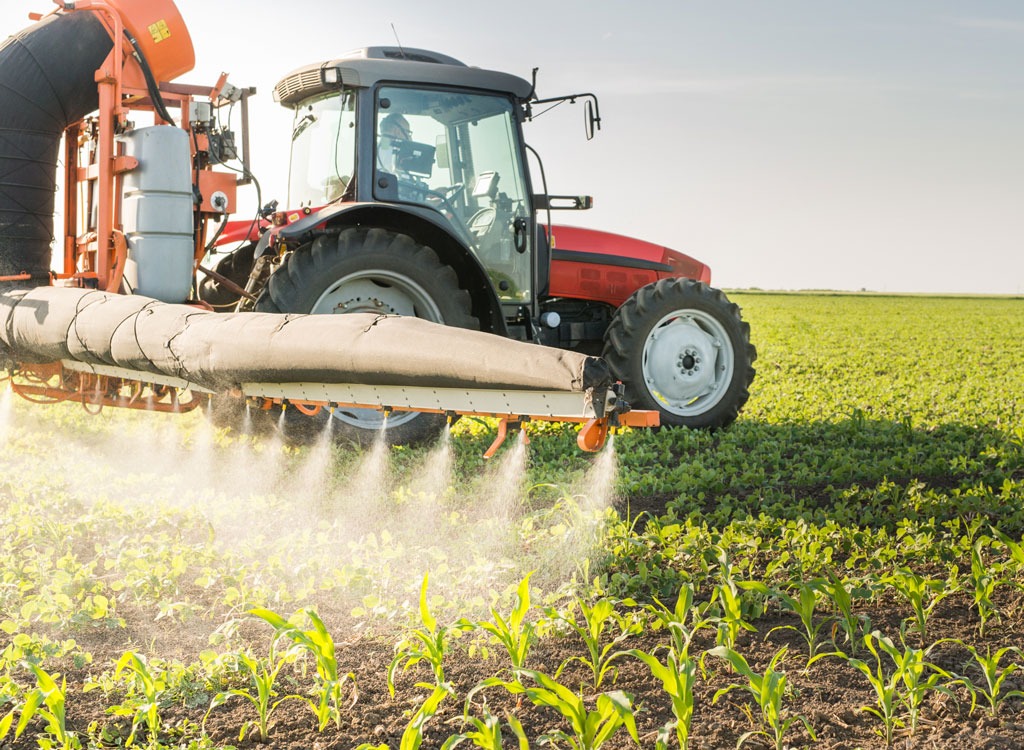
Course 2 is tricky—how do we go about amping up the amount of food that’s produced without devoting more land space to agriculture? One of the four proposed opportunities is genetic modification, which refers to inserting specific genes (often from a different species) into the genome of a plant, to improve crop breeding and increase yields without having to expand land. Genetic modification is already used to cultivate mass amounts of two of the most widely used crops in our food system—soybeans and corn.
However, the debate here is where or not genetic modification can pose a threat to human health and the environment. The report states, “At this time, there is no evidence that GM crops have harmed human health” and adds that oftentimes critics of genetic modification are against it because of insufficient research on its risks.
Protect and restore natural ecosystems and limit agricultural land-shifting.
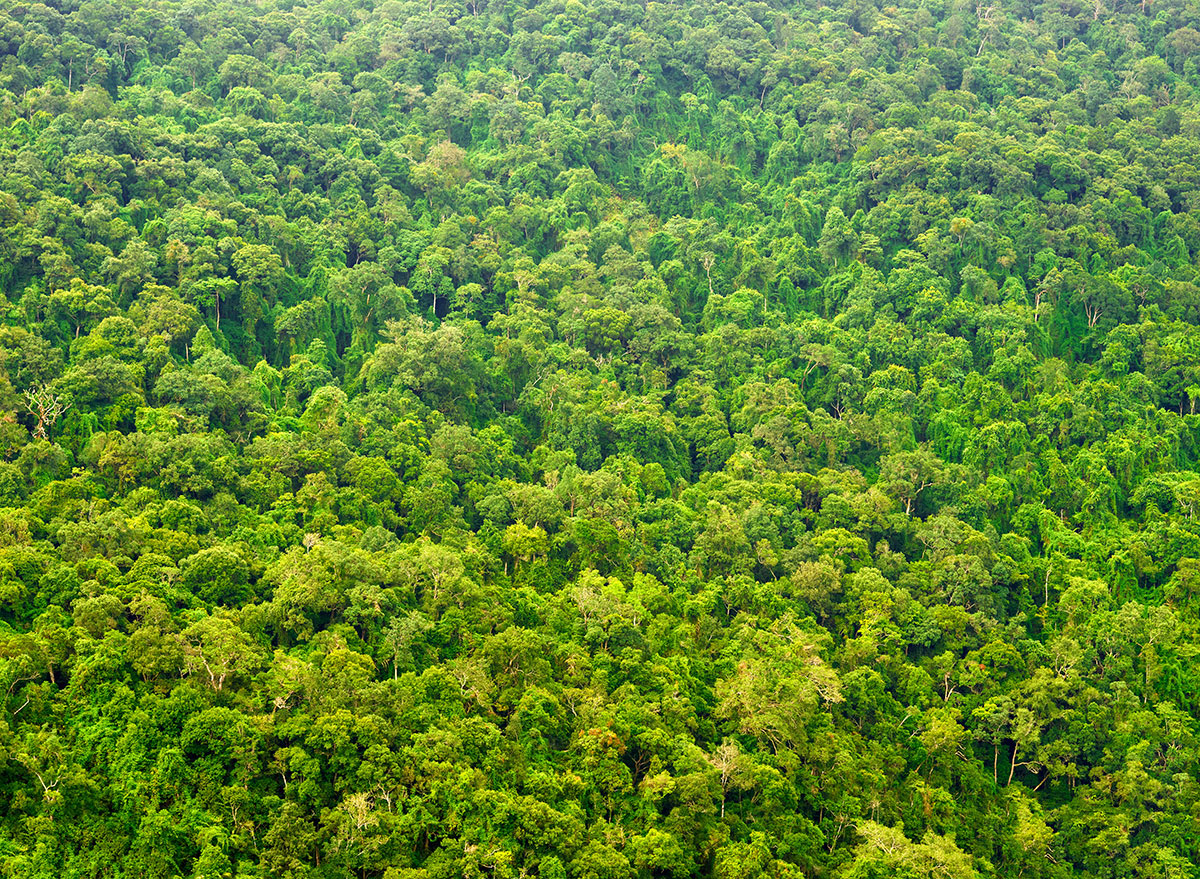
Globally, agriculture is shifting from the north to the south—while cropland decreased in Europe and North America between 1961 and 2013, it largely increased in Asia, Africa, Latin America, and Oceania.
This course calls for active restoration of abandoned or unused land as well as protection of forests at risk of deforestation due to increasing demand for a specific food to be grown in that particular region.
Increase fish supply.

Overfishing remains a global problem, with the global wild fish catch stagnating since its peak in the 1990s. Fish are a vital part of the food system, primarily in underdeveloped countries where the populations lack nutrients. Fish, as we know, contains various vitamins, minerals, and healthful fats, including omega-3 fatty acids, zinc, iron, and vitamin A.
According to the report, “The World Bank suggests that world fishing effort needs to decline by 5 percent per year over a 10-year period, which would allow fisheries to rebuild to an ideal level over three decades.”
While this approach calls for a decline in fish catches in the short term, it will allow fish stocks to rebound so that sustainable fish catches can occur in the long-term.
Reduce greenhouse gas emissions from agricultural production.
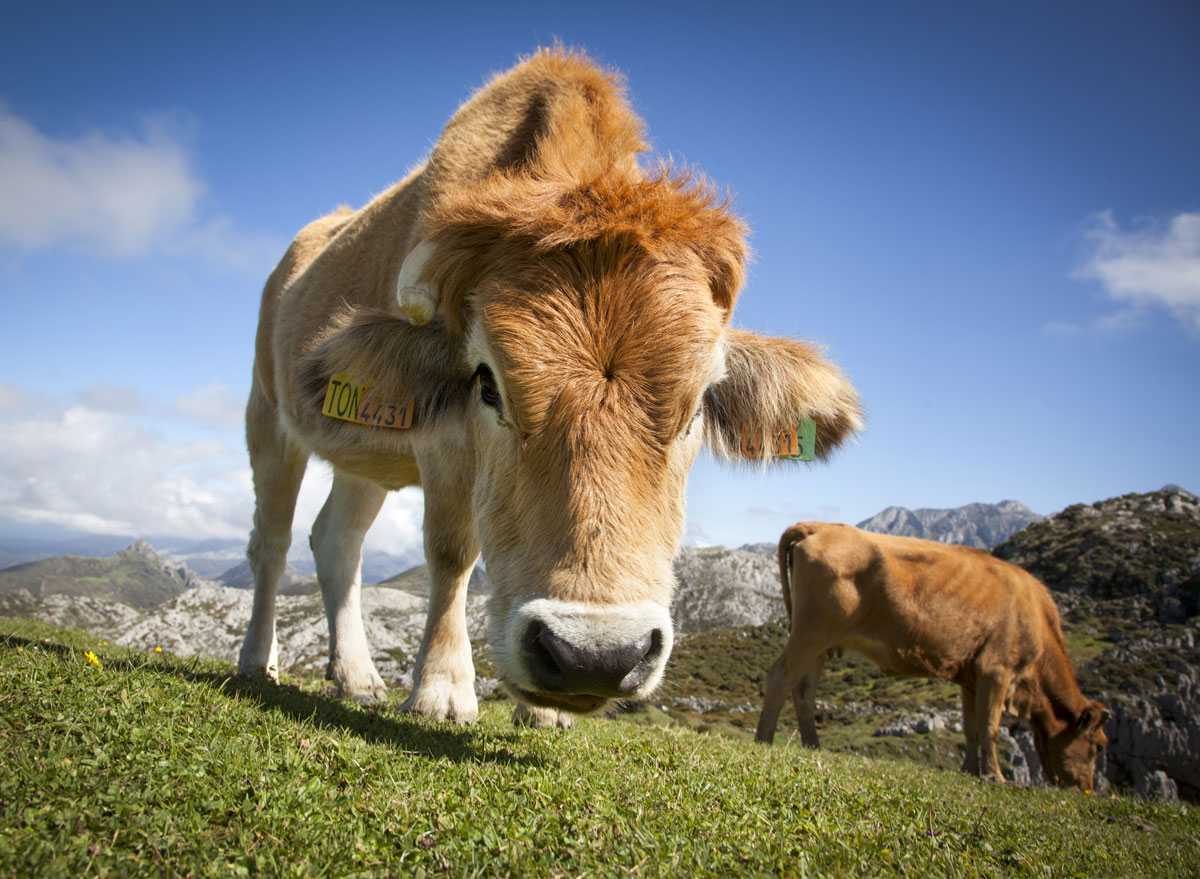
This a dense course, however, the species that currently have the biggest negative impact on climate change is livestock (primarily cattle) which emit greenhouse gases such as methane by burping. This is just one of the reasons why the Great Food Transformation encourages the global consumption of red meat to be cut in half. A report from the United Nations found that 15 percent of the world’s greenhouse gas emissions are attributable to livestock.
In order to increase our food supply, climates must be regulated so that crops can grow in their respective seasons but with livestock affecting climate change, this potentially prohibits growth.
